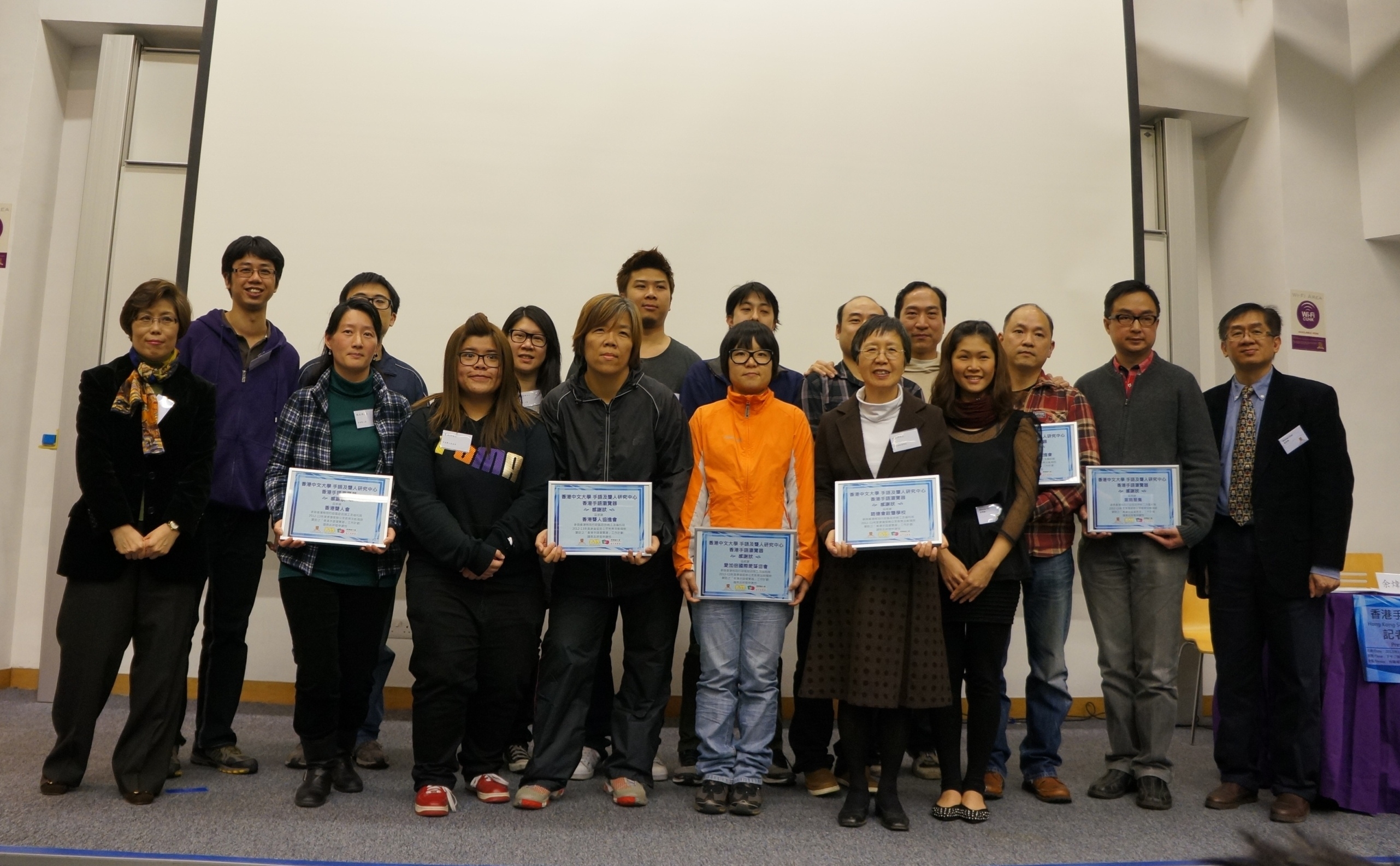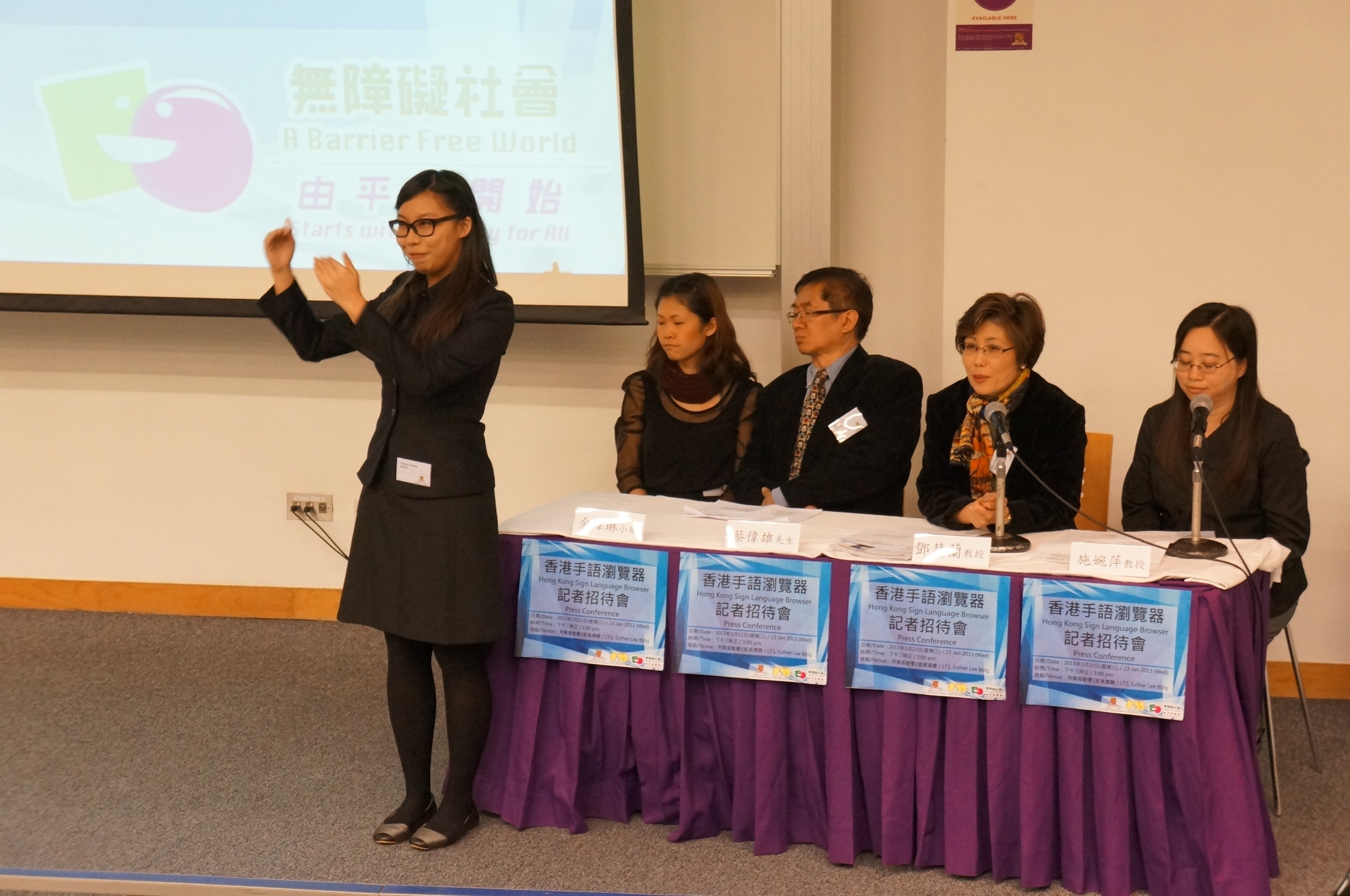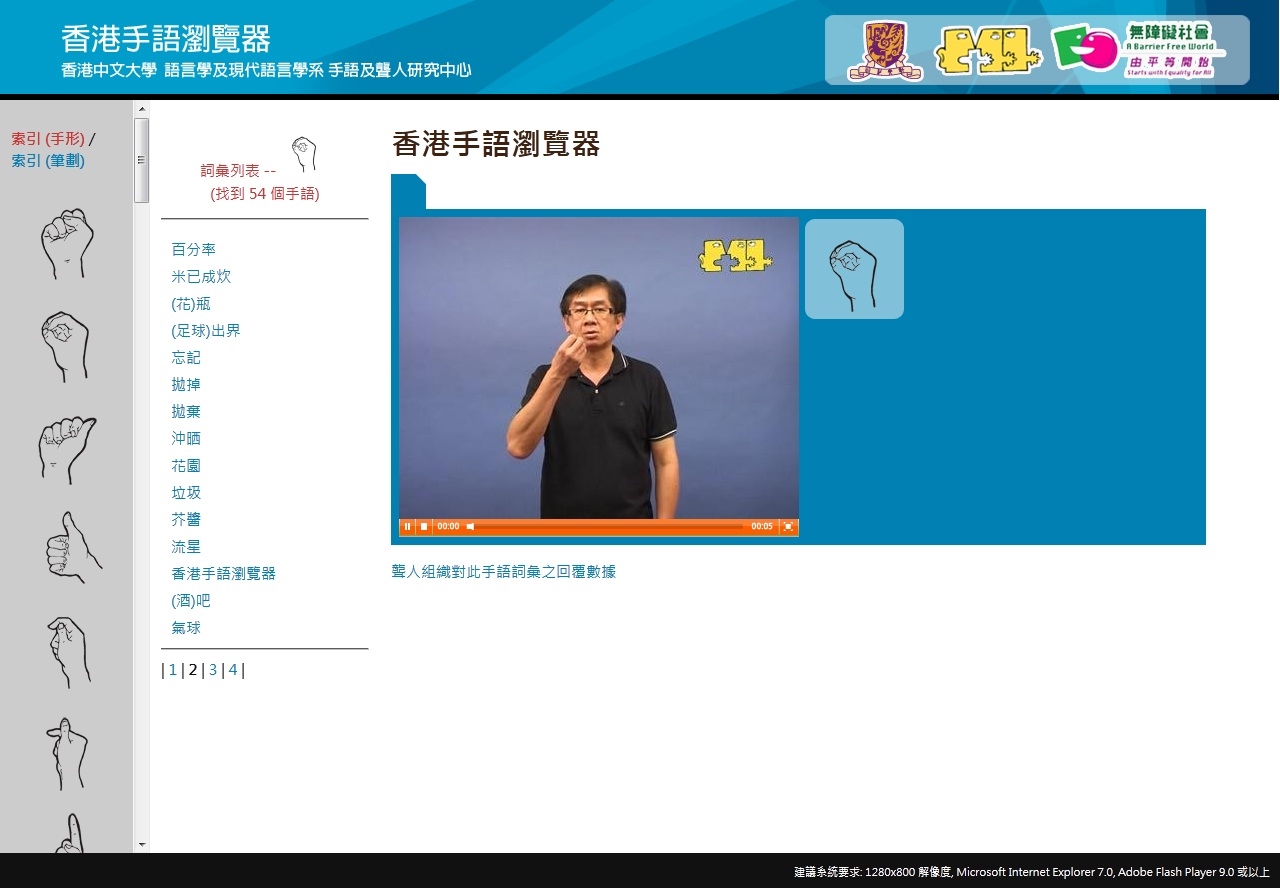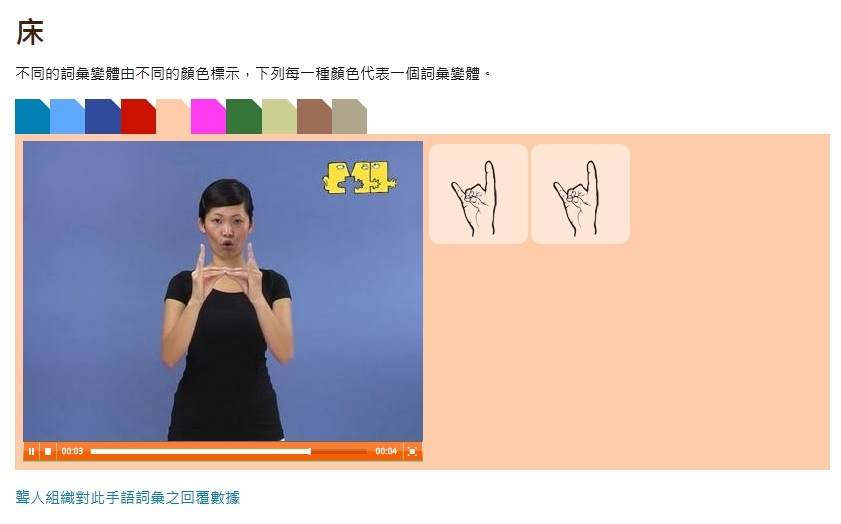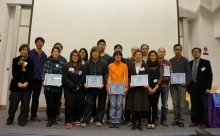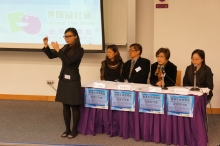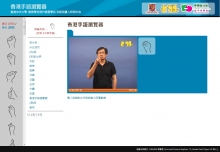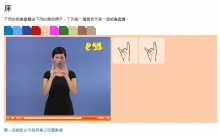CUHK
News Centre
CUHK Launches the First Hong Kong Sign Language Browser in Hong KongCreating an Communication Platform between Deaf and Hearing People
The Centre for Sign Linguistics and Deaf Studies (CSLDS) of the Department of Linguistics and Modern Languages of The Chinese University of Hong Kong (CUHK) launched the Hong Kong Sign Language Browser today (23 January), which is the first comprehensive online database of Hong Kong Sign Language (HKSL). It aims at creating an online platform to promote inclusion of deaf and hearing people as well as to provide supporting services for deaf people. The browser was supported by the Government Fund under the Control of Permanent Secretary for Labour and Welfare to implement Public Education Activities on Rehabilitation 2012-2013.
The CSLDS Director Prof. Gladys Tang said, ‘Sign language is an effective medium of communication between deaf and hearing people while sign interpreters can provide a bridge of communication. We can avoid the problems caused by miscommunications in domains of medicine, law, and education if the deaf community is supported by sign language professions.’
HKSL Browser is an online platform based on sign linguistics. It aims at promoting HKSL to the public and supporting sign language related activities, such as deaf education and sign interpretation, as to fit the need of deaf community. The Browser is devoted to the recording of lexical signs and their background, including frequency of usage, users’ age distributions, origin of the signs, etc. There are about 1,100 HKSL lexical items in the database and it will be continuously enriched and updated by CSLDS. The database also includes videos of demonstrations and lexical variations used by different deaf organizations. Different deaf organizations might use different lexical variations to express the same meaning. The working group of HKSL Browser collects the lexical variations comprehensively and analyzes how they are used by different deaf organizations.
Through the use of the Browser, it is hoped that the deaf people can receive more supports, and the general public will be able to understand the usage of the collected signs by looking at the lexical variations used by different deaf organizations, frequency of use by the members of these deaf organizations, distribution of age of users, etc.
For the development of sign language professions, the long term goal of HKSL Browser is to develop different modules in the sign language lexical database. These modules include medicine, law, computer and technology, education, etc. This will promote the development of sign language professions and support the deaf services, in addition to recording HKSL.
The HKSL Browser: http://www.cslds.org/hkslbrowser
(From right) Prof. Felix SZE, Research Assistant Professor, Department of Linguistics and Modern Languages, CUHK; Prof. Gladys TANG, Director of Centre for Sign Linguistics and Deaf Studies, CUHK; Mr. Michael CHOI and Miss Brenda YU, Language research project assistant, Centre for Sign Linguistics and Deaf studies; and Miss Cassia CHENG, Sign language interpreter.


